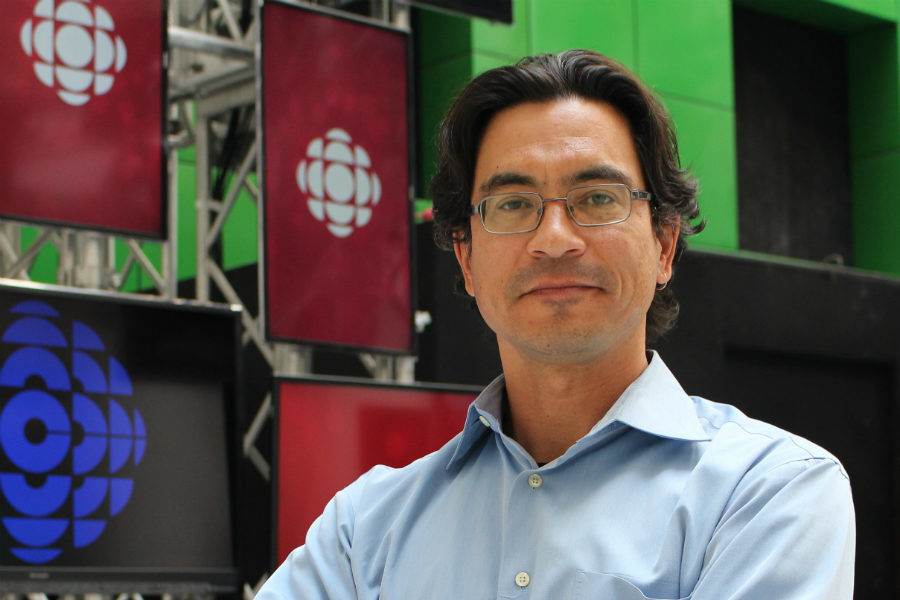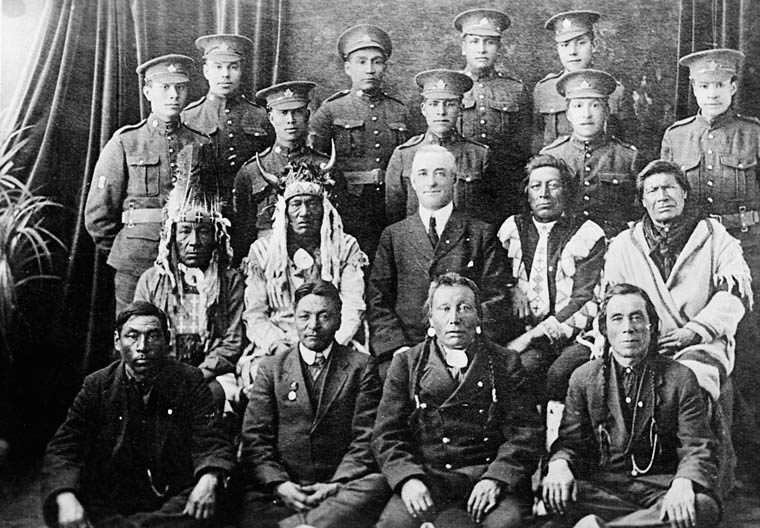Video: Interviews with experts about how Indigenous soldiers were treated and remembered. (Kayla Higgins/RSJ)
Video: Kayla Higgins
Timeline: Fiona O’Flynn
by Harrison Clarke
This Remembrance Day, university professors brought awareness to the underrepresented voices of Indigenous soldiers who fought for Canada.
An estimated 4,000 Indigenous People joined the military to fight in the First World War alone, according to Indigenous and Northern Affairs Canada.
Canada’s forgotten
University of Alberta Canadian studies professor Dr. James Dempsey said the memory of undocumented Indigenous soldiers has only gotten more respect in recent years. According to him, informational records from the military or Indigenous soldiers were often missing many details related to their racial identity.
“You were a soldier first and anything else was second,” Dempsey said. “You could get the listing of who got the military medal but beside them was nothing about where they came from. The best snipers in the British army were Canadian natives but were only promoted afterwards.”
Although medals were given to many Indigenous soldiers, CBC journalist Duncan McCue said that those who served in the war did not return home to a welcoming environment.
“There was a measure of equality when they served overseas,” McCue said. “But when they returned to Canada they were just Indians again and dealt with as second class citizens.”

Aftermath
University of Fraser Valley history professor Scott Sheffield said that progress in recognizing these memories is slowly being made.
“It’s only in the last twenty years that the Armed Forces is starting to keep track of those numbers,” Sheffield said. “and make a concerted effort to overcome the cultural barriers and stigmas that are challenging to Indigenous people.”
Take a look at the timeline below to learn more about the history of Indigenous soldiers in the wars.


Leave a Reply